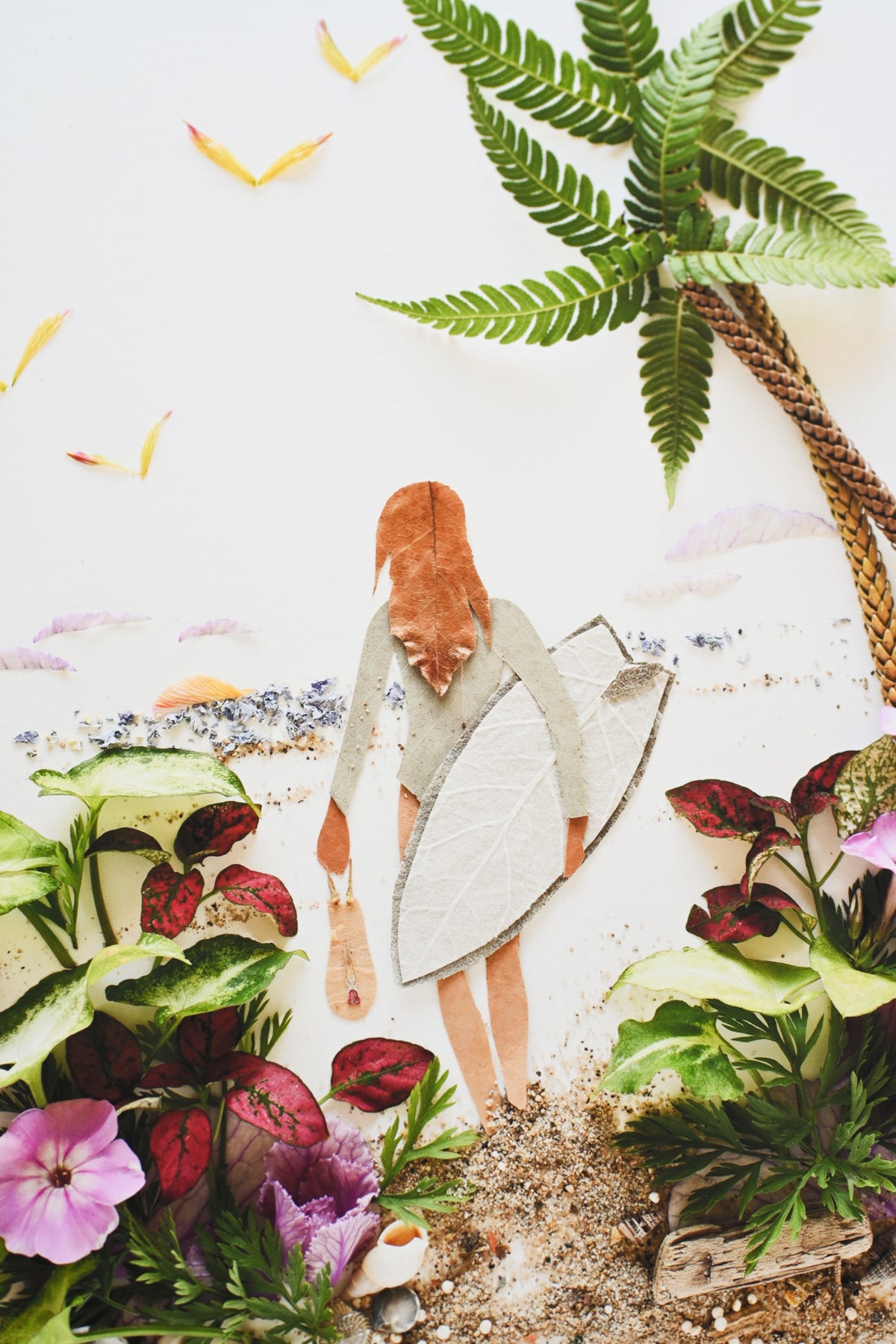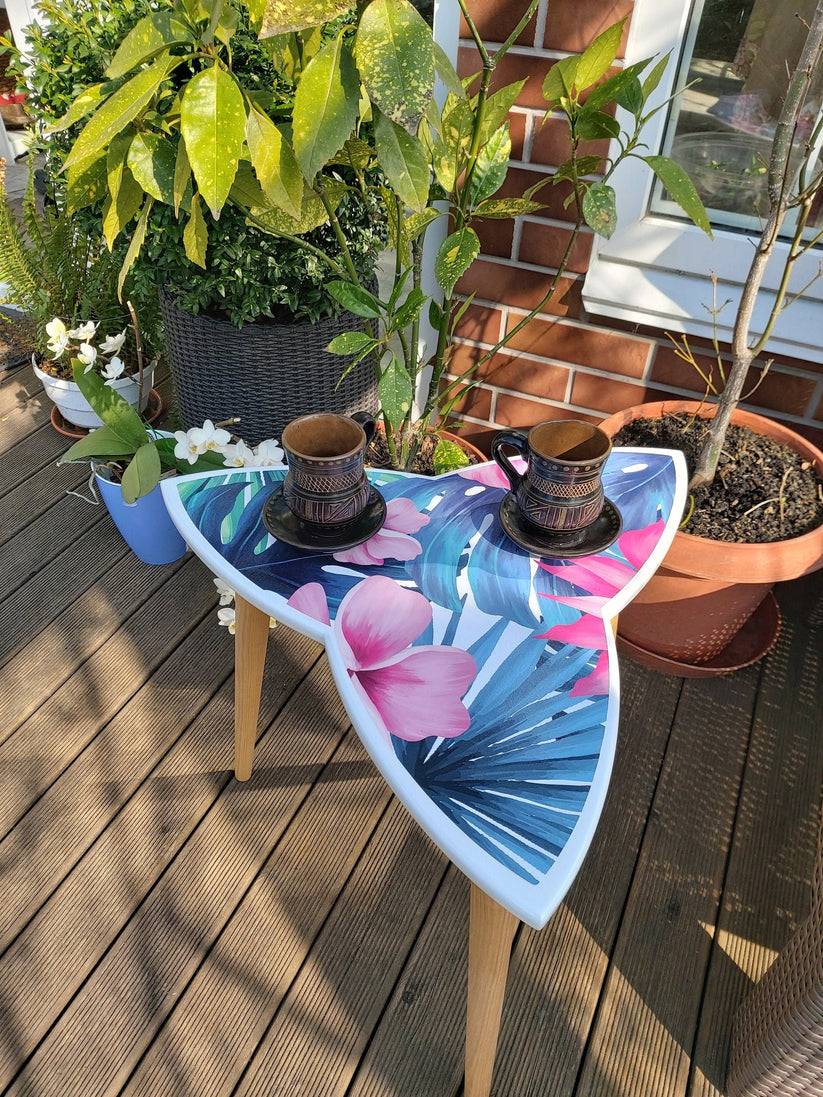Surfing, more than a sport, is a symphony of culture, tradition, and a profound connection with nature. At the heart of this vibrant culture lies an often-overlooked element - flowers. These natural beauties, with their vivid colors and delicate forms, have woven their way into the fabric of surfing lore. From ancient rituals to modern surfboard designs, flowers symbolize the deep bond between surfers and the ocean. This article delves into the historical and contemporary significance of flowers in surfing culture, exploring their symbolic meanings and the ways they continue to influence this dynamic sport. As we ride through the waves of history and modern trends, we uncover the floral essence that gives surfing its unique and colorful identity.

Historical Significance of Flowers in Surfing
Early Surfing Traditions and Flowers
Surfing's roots are deeply entwined with the traditions of ancient Polynesian cultures, where it was not just a pastime but a profound spiritual practice. Flowers played a pivotal role in these early surfing rituals. Surfers would often wear garlands or adorn their boards with blooms as offerings to the gods for protection and good fortune. The hibiscus, in particular, held great significance, symbolizing the delicate balance and harmony sought in surfing. These floral adornments were not merely decorative but were integral to the sacredness of the surfing experience, highlighting the reverence ancient surfers held for the ocean and its natural beauty.
Flowers in Surfing’s Golden Age
As surfing surged in popularity during the mid-20th century, particularly in Hawaii and California, flowers began to symbolize the free-spirited nature of the surfing community. The iconic lei, a traditional Hawaiian floral garland, became synonymous with surf culture, embodying a welcoming spirit and a deep respect for the heritage of the sport. This era saw the emergence of floral patterns in surfwear and board design, reflecting the laid-back, yet vibrant lifestyle of surfers. The imagery of flowers, especially tropical varieties like the plumeria, became a staple in surf culture, representing a connection to the sport's Polynesian roots and a celebration of the joy and freedom found in riding the waves.

Flowers in Modern Surfing Culture
Floral Motifs in Surfing Apparel and Boards
In contemporary surfing, the influence of flowers extends beyond tradition, deeply embedding itself in fashion and gear. Modern surfwear frequently features floral patterns, with hibiscus and palm prints being particularly popular. These designs reflect not just a stylistic choice, but also an homage to surfing's natural and historical roots. Surfboards, too, often bear floral art, symbolizing a surfer's personal connection to the ocean's flora. The integration of these motifs into gear has transformed them into symbols of the surfing ethos - a blend of respect for nature and a zest for life.
Flower-Themed Surfing Events and Competitions
Flowers also grace the world of competitive surfing. Events like the annual Hibiscus Surf Championship celebrate not only the sport but also its floral heritage. These competitions often feature ceremonies where flowers are cast into the sea, honoring fallen surfers and expressing gratitude to the ocean. Such events underscore the enduring influence of flowers in surf culture, serving as a reminder of the sport's soulful connection to nature.
Floral/Flowers Surfboard-Inspired Home Decor Collection.
Symbolic Meanings of Different Flowers in Surfing
In the tapestry of surfing culture, various flowers carry distinct symbolic meanings, each contributing to the sport's rich narrative. The hibiscus, often seen in vibrant reds and yellows, is a hallmark of surfing. It symbolizes a surfer's passion and respect for the waves, embodying both the joy and challenge of the sport. The plumeria, with its sweet fragrance and variety of hues, represents the grace and elegance inherent in surfing, as well as the welcoming spirit of the surfing community.
Lesser-known but equally significant is the gardenia, often associated with good luck in surfing ventures. Its creamy white blossoms and intoxicating scent are thought to bring a sense of peace and clarity, essential qualities for surfers facing the unpredictable nature of the ocean. The bird of paradise, with its striking appearance, symbolizes the exotic and adventurous spirit of surfing, reflecting the sport's continual evolution and the surfer's quest for the perfect wave.
These floral symbols, deeply ingrained in the fabric of surfing culture, are not just decorative elements. They represent the values, history, and spirit of surfing, reminding us of the sport's deep connection to the natural world.

In the journey through the waves of surfing history and culture, flowers emerge not merely as ornamental features but as powerful symbols embodying the essence of the sport. From ancient Polynesian rituals to modern environmental initiatives, flowers have continuously played a significant role in shaping surfing's identity. They remind us of the sport's deep-seated connection to nature, its rich heritage, and the communal spirit that binds surfers across generations. As surfing evolves, the floral motifs within it continue to represent a blend of respect, passion, and a commitment to preserving the natural beauty of the ocean. "Blooms on the Waves" thus captures more than just the aesthetic appeal of flowers in surfing; it encapsulates a profound and enduring relationship between nature and one of its most exhilarating expressions.
